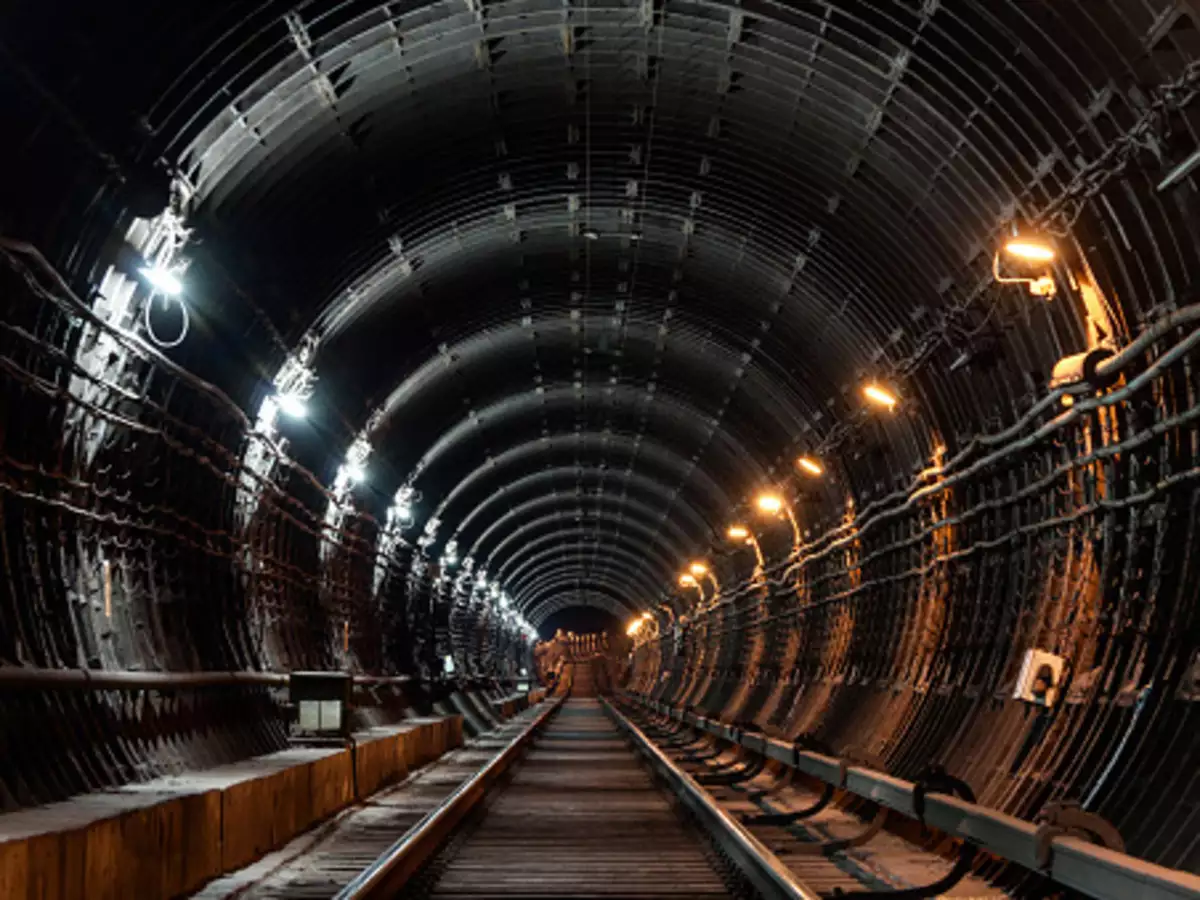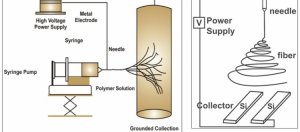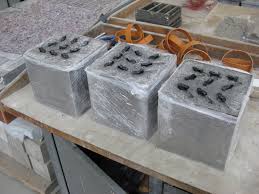An Engineering marvelous achievement
The inaugural test run of India’s first underwater metro tunnel was marked with celebrations on Wednesday, April 12th, 2023. The event featured flowers, a coconut, and a round of cheers to commemorate the milestone achievement.
The Kolkata metro’s newest line had completed an underwater test run and is set to open for the public by the end of this year. This achievement is a momentous occasion for the nation and a marvelous feat for Indian civil engineers, as it is the first of its kind in the country. The train traveled under the bed of the Hooghly River through a tunnel that is 32 meters below water level and 13 meters below the riverbed, connecting Howrah Maidan to Esplanade, becoming India’s version of Eurostar’s London – Paris corridor.
| India version of Eurostar London-Paris Corridor |
The construction of the East-West Metro Project, aimed at connecting Howrah Maidan with Rajarhat via a 16.6-km route, included the creation of an impressive engineering marvel – an underwater metro tunnel. The tunnel was first laid in 2017, and its completion was celebrated with the inaugural test run on April 12th, 2023.
The underwater tunnel will connect Kolkata and Howrah, featuring a Metro station at Howrah that will be the deepest in the country, situated 33 meters below the surface. The 520-meter stretch under the Hooghly River is expected to be covered in just 45 seconds by the Metro.
Tunnel construction is always a challenging and complex engineering endeavor, particularly when it comes to building an underwater metro tunnel corridor. In this article, we will explore some of the principal challenges faced during the construction of the Kolkata Metro’s underwater tunnel, as well as the various methods used to overcome them.
Challenges faced during the construction of the Kolkata Metro’s underwater tunnel:
- Soft soil conditions: The soil beneath the Hooghly River was very soft and loose, making it challenging to create a stable foundation for the tunnel.
- High water pressure: As the tunnel was located at a depth of around 30 meters, workers were subjected to high water pressure, making it challenging to construct the tunnel without flooding.
- Limited working space: The use of the shield method meant that workers had to work in confined spaces, making it difficult to construct the tunnel safely and efficiently.
- Environmental concerns: As the Hooghly River is an ecologically sensitive area, the construction of the tunnel had the potential to harm the river’s ecosystem. As a result, the construction team had to take several measures to minimize the environmental impact of the project.
- Coordination with other infrastructure: Coordination was necessary with other infrastructure in the area, such as existing bridges, pipelines, and electrical cables, to prevent any disruption to these critical infrastructure components.
Various methods and techniques to overcome these challenges:
- Ground improvement techniques: To address the soft soil conditions, the construction team used ground improvement techniques such as soil stabilization and grouting. These methods helped to create a more stable foundation for the tunnel.
- Waterproofing techniques: Various waterproofing techniques such as injecting grout into the ground and using waterproofing membranes were used to prevent flooding during the construction of the tunnel.
- Shield method: The use of the shield method allowed workers to dig a tunnel through the ground in a confined space, minimizing the impact on the surrounding area.
- Environmental mitigation measures: The construction team took several measures to minimize the environmental impact of the project, including using eco-friendly materials, controlling pollution, and monitoring the water quality in the river.
Authored by:
Mr. Neeraj Kumar Verma
Assistant Professor
Civil Engineering Department
SGT University




